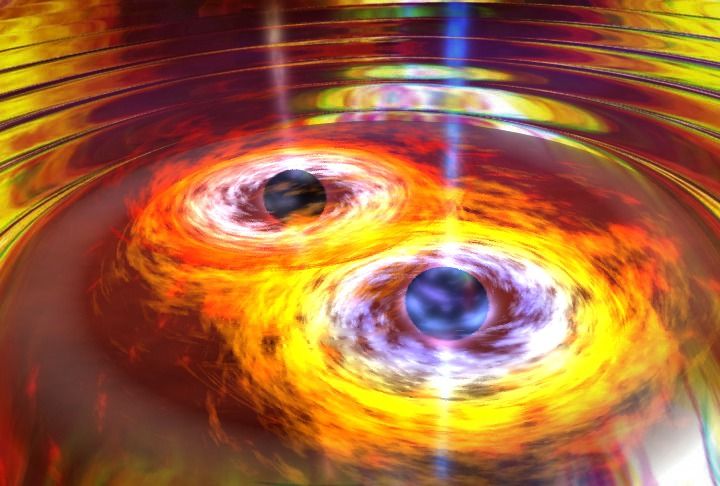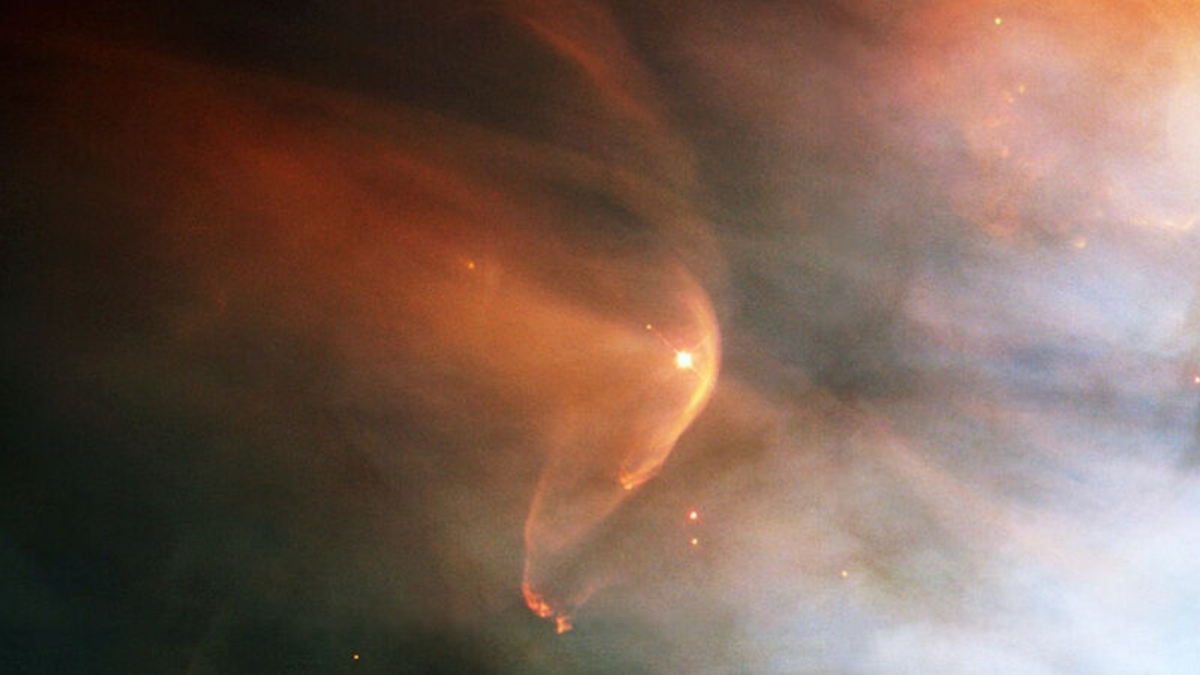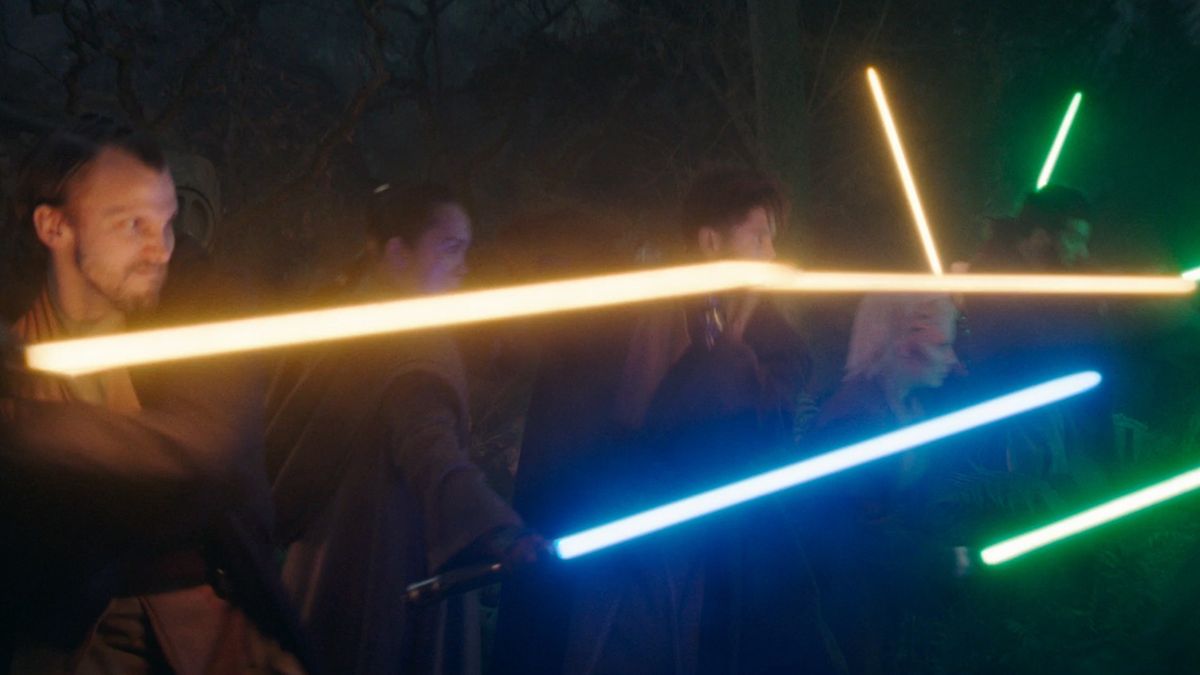Advances in Gravitational Wave Detection
Illustrative Image:
In 2015, the momentous discovery of gravitational waves was achieved by the Laser Interferometer Gravitational-Wave Observatory (LIGO). This groundbreaking observation marked the collision of two black holes in the distant cosmos. Subsequently, a plethora of similar signals from celestial events involving merging black holes, neutron stars, and even a blend of both have been identified.
Despite the remarkable accomplishments of LIGO, which operates at two sites in the United States and is complemented by the Virgo detector in Italy and Japan’s Kamioka Gravitational Wave Detector (KAGRA), astronomers have only verified one of these gravitational-wave-generating incidents through conventional light-based astronomy. That event was the fusion of two neutron stars, resulting in the gravitational wave signal GW170817.
Software Enhancements for Early Detection
Recently, a team of researchers from the University of Minnesota has pioneered software upgrades designed to promptly notify astronomers of merger events within a mere 30 seconds after the detection of gravitational waves on Earth. This advanced early-alert system is poised to facilitate increased follow-up observations utilizing light-based astronomy techniques.
Andrew Toivonen, a Ph.D. student at the University of Minnesota Twin Cities School of Physics and Astronomy and a member of the research team, emphasized the significance of the software upgrades. He stated, “With this software, we can detect the gravitational wave from neutron star collisions that are normally too faint to see unless we know exactly where to look. Detecting the gravitational waves first will help locate the collision and help astronomers and astrophysicists to complete further research.”
The Nature of Gravitational Waves
Gravitational waves are minute disturbances in the fabric of spacetime, a unified four-dimensional construct encompassing space and time. Foreseen by Albert Einstein in his revolutionary 1915 theory of gravity, these ripples manifest when massive objects, such as neutron stars and black holes, hasten in their movements.
The theorized emission of gravitational waves by these celestial entities culminates in their convergence and eventual merger, emitting a distinct gravitational wave signal. Although Einstein surmised that detecting such faint gravitational waves on Earth was implausible, technological advancements have defied this skepticism.
Despite the immense distances to neutron star and black hole binaries, detected gravitational waves exhibit minute alterations in the laser interferometer apparatus of instruments like LIGO. These alterations, equating to fractions of proton widths, are indicative of cosmic phenomena millions or billions of light-years away.
LIGO, along with Virgo and KAGRA, is currently operating in its fourth run, applying intricate software upgrades to enhance the detection and analysis of gravitational wave signals. The latest improvements aim to expedite the dissemination of alerts within 30 seconds of a gravitational wave detection, allowing for prompt astronomical investigations.
Further refinements in alert speed and signal interpretation are anticipated as the collaboration of LIGO/Virgo/KAGRA researchers harnesses data accumulated over extensive observational periods. The quest to unravel the mysteries surrounding colliding black holes and neutron stars continues, propelled by innovative software solutions and relentless scientific inquiry.
The comprehensive research findings have been documented in the journal Proceedings of the National Academy of Sciences of the United States of America (PNAS).
Image/Photo credit: source url





